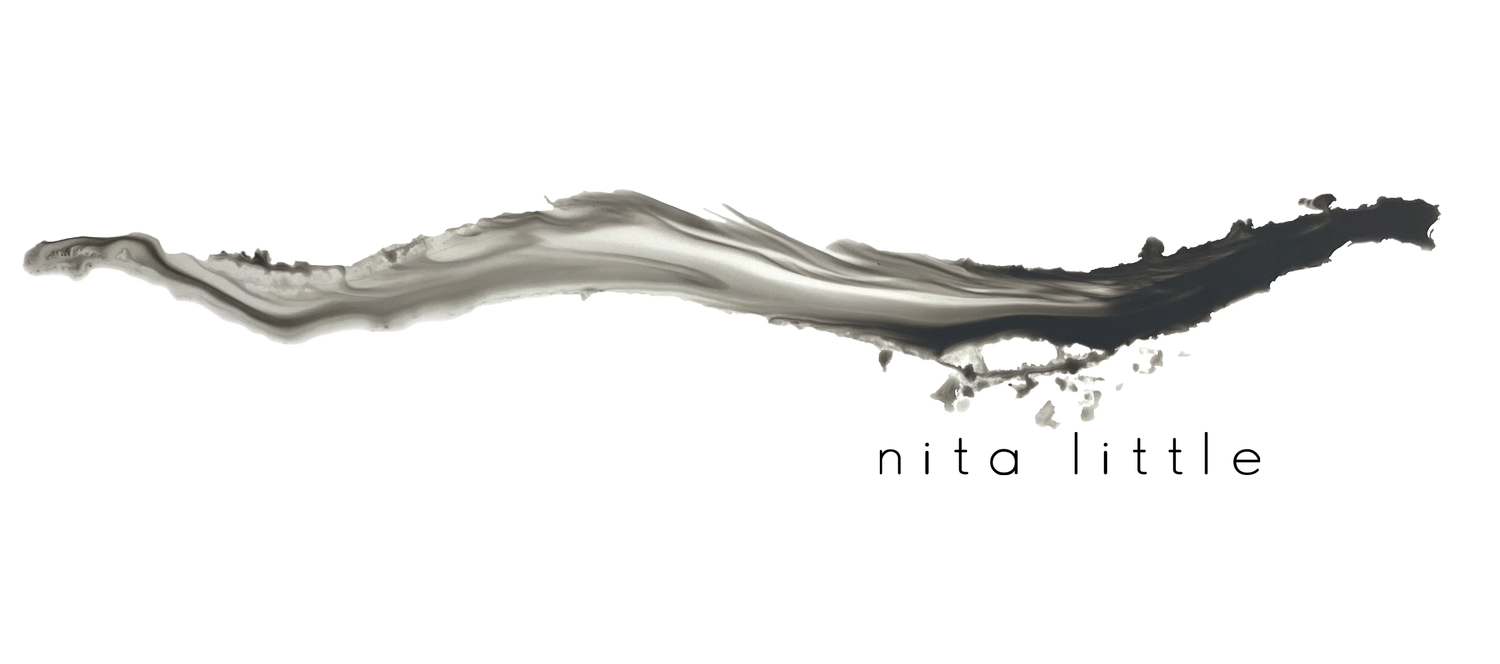August Asides
What Play Can Do
So, lately my lifetime of hidden back issues has been far more foreground. I wake often in the night with hip pain or sciatica. Luckily, usually if it is intolerable, Advil or Tylenol helps, but if it is in a middle range of pain, I try to do other things with it, I play.
One of my favorite means of play is to do something novel with my attention in order to experiment with my experience, and sometimes even with my capacities, such as my capacity to shift the frame. So last night, I tried doing something that I might do for tension, or healing. I invite various parts of my body to giggle. Yea, I am imagining a giggle. I woke in the night, and felt a small trace of sciatica down my left leg. I know it comes from my back, so I started playing, I played with my vertebra up and down my back, my sacrum, my hip. I remembered the sense of a giggle and then asked these different parts of my body to giggle. You know a giggle, someone says something that you find amusing and if you try to resist laughing, you might find yourself giggling – diaphragm jumping up and down, shoulders, too. Giggles can be obvious, or secretive, but they all involve a kind of bubbling up. I love a good giggle, and so I take that sensation and I ask parts of my body to giggle. Interestingly, I don’t need the part to jump up and down like my diaphragm does, but rather for that part to feel itself bubbling, percolating, and imagining what that could be. So, imagine that your left thigh, your right hand, the back of your neck, your liver, literally anywhere, is giggling at a really funny situation; it’s overwhelmed with tiny chuckles that can’t be dampend – a slight vibration permeating all the cells as they find the world truly humorous. It’s soooo funny. Bubble bubble bubble. That part of your body will feel alive with good feeling. It is so cool. Invigorating, weird, and most importantly, playful.
There I am, 2 am, in the dark smiling. And, most importantly, whether the pain subsides or not, the part of my body I am engaging, is learning to shift, change, try something new. From the inside of my multiple being, I am teaching myself to let things be easy, try something new, shift, change, live in joy, expand, dip, dive, hide and seek, wake up into a world that is only set if I think it so.
I have lots of ways I play with experience on the inside and on the outside. The modes of play for me crosses boundaries of bodies and minds, the concrete to the imaginal – so the imagination being put to somatic use is an easy step. But so too are intellectual ideas being deployed in unexpected ways; think of the use of this semi colon rather than a dash, which I have well overused in much of my writing; now I have to rethink what it is I am doing to the path, flow, stream of your reading/thinking. Maybe that’s not intellect, maybe that’s just art.
Back thinking intellectually, the idea of social fit, fitting, fittedness, is one of Lynette Hunter's (one of my lead faculty for my PhD), playgrounds. (I say this knowing that Lynette would rather a more formal word like "investigations" be used.) What does it mean when an idea, say your idea, action, or model, is usurped for social inclusion in normative practice? Does it now step out of play? Does it gain political authority or does it get drained of it? Does it stop being your’s or is that the wish and hope? When does something that fits a form become art/lose its artfulness? The play of possibility goes on and on. How is it so much thinking loses its playfulness. Sigh. * My questions, not specifically Lynette's.
One cannot play and be right. It just doesn’t work. And to me, if the balance weights toward play, we will all be so much richer, capable, and even likely right. How could we develop playful exams so that education stops killing thought? How could we make intellectual thinking actually fun for dancers – so that they charged toward it rather than as so often happens, away? Pitting thought against physicality we lose massive territories where artfulness thrives. Yea, I am the person who once wrote an essay, “A Moment can be a Toy,” (capital M) which affronted that same fabulous professor, Lynette Hunter, because it lacked a serious countenance. Yea, that’s a problem. But, let me tell you, I learned a great deal about intellectual play from Lynette. And, I can also be very believably serious, especially about play … or not.
